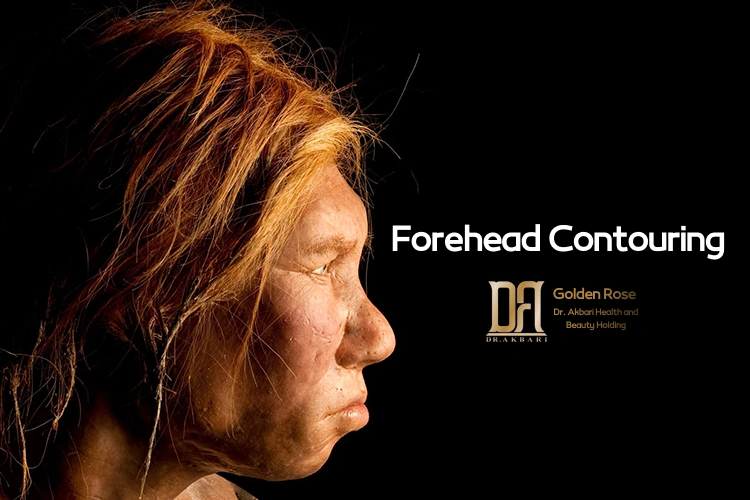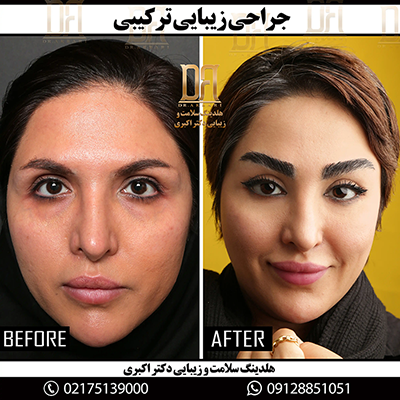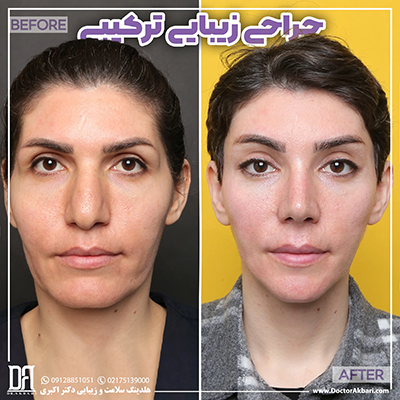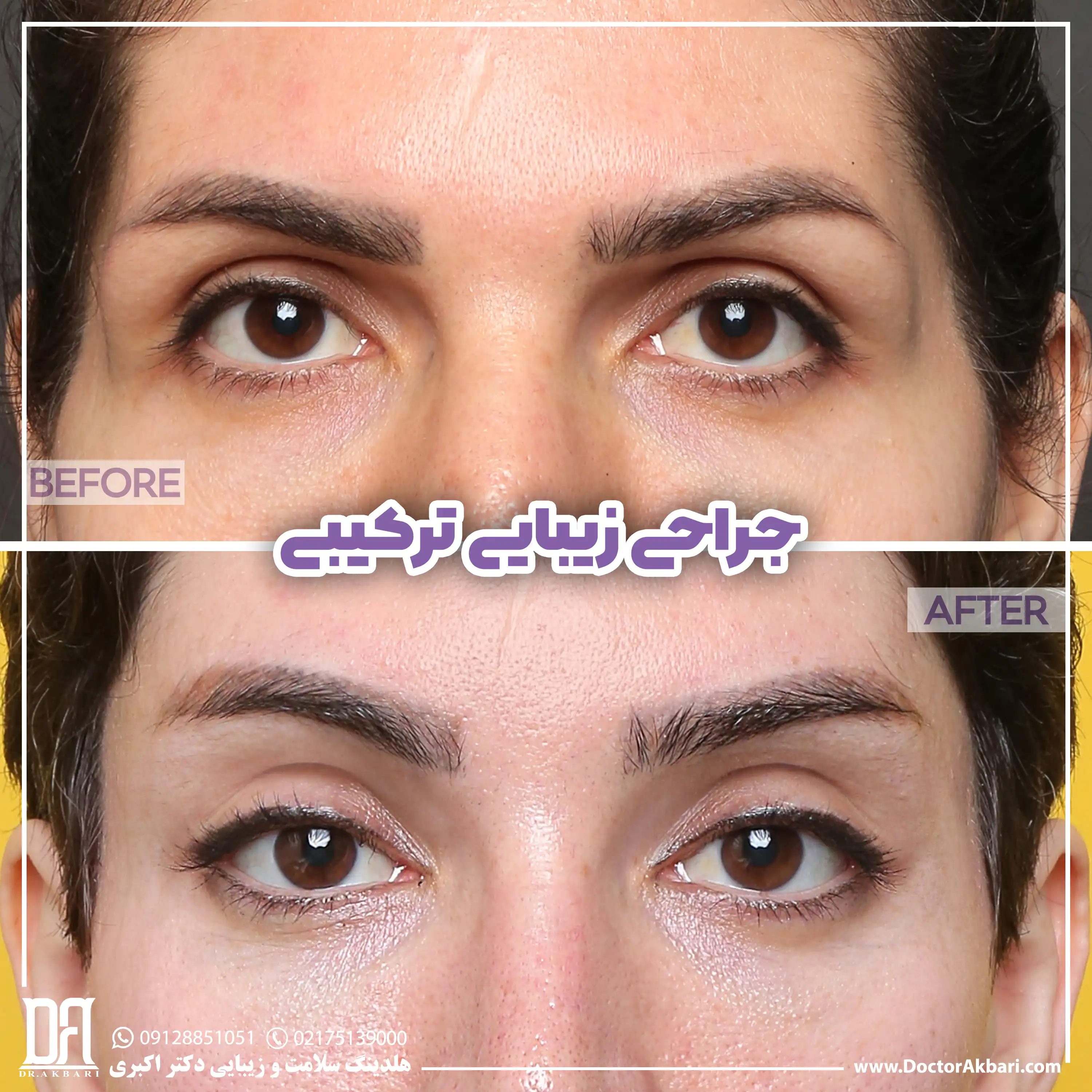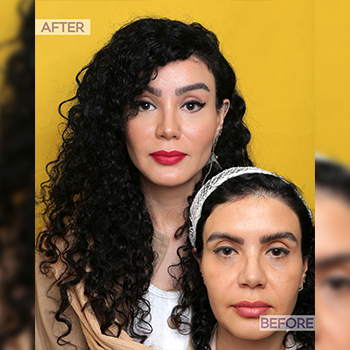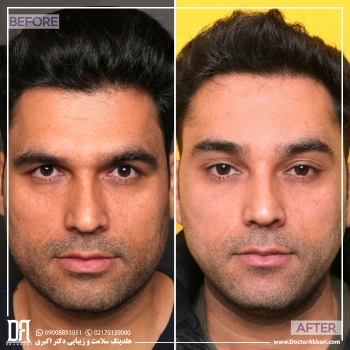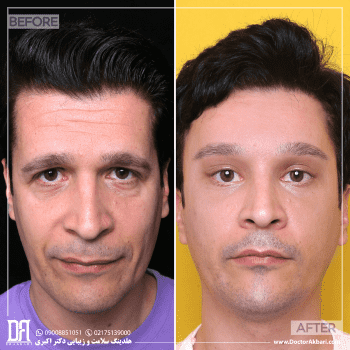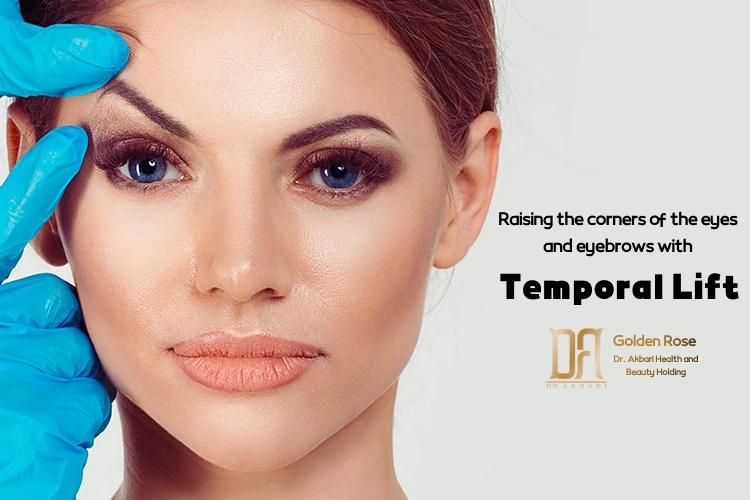Forehead bone protrusion is a significant aesthetic concern for many men and women. In men, a pronounced forehead is more commonly seen as a natural anatomical feature, especially in the brow bone area.
Some women also experience forehead prominence, which may cause dissatisfaction with their appearance. A prominent forehead can impart a rougher, more masculine look to the face, create excessive puffiness in the upper eyelids, and make the eyes appear smaller. Fortunately, with advances in modern cosmetic surgery, forehead contouring offers a highly effective solution.
Causes of Forehead Protrusion
| Cause | Description |
|---|---|
| Genetics | A primary factor contributing to forehead protrusion in both genders. |
| Bone Structure | Male skeletal anatomy naturally favors more prominent bone development. |
| Male Hormones | Testosterone stimulates growth and thickening of the forehead bone. |
Key contributing factors include:
- Genetics: Inherited traits are the most significant cause, impacting both men and women.
- Bone Structure: Male bone structures are naturally stronger, thicker, and more prominent, often leading to a naturally bold forehead appearance.
- Hormonal Influence: Testosterone, the male sex hormone, plays a pivotal role in shaping larger, more prominent facial bones.
Treatment Options for Forehead Protrusion
Management of forehead prominence falls into two main approaches:
- Non-Surgical Methods
- Surgical Forehead Contouring
Non-Surgical Solutions for Forehead Prominence
While non-surgical options cannot completely eliminate a true bone prominence, they can soften the overall appearance, making the forehead appear flatter and more harmonious with other facial features.
Popular non-surgical treatments include:
- Forehead Botox injections (to reduce dynamic lines and create smoothness)
- HIFU Therapy (High-Intensity Focused Ultrasound)
- Endolift Forehead Tightening
- Thread Forehead Lift
These techniques improve skin tightness and diminish the appearance of heavy forehead bones indirectly by addressing soft tissue sagging and wrinkles.
Surgical Forehead Contouring
Forehead Contouring Surgery is the definitive method to correct forehead bone prominence. This procedure involves reshaping the frontal bone to create a smoother, more aesthetically balanced forehead.
Surgical Techniques
- Endoscopic Forehead Contouring
A minimally invasive approach where small incisions are made within the hairline. Using an endoscope (tiny camera), the surgeon visualizes the bone and meticulously reshapes it. - Open Forehead Contouring
Used when major restructuring is required. The forehead skin is lifted for full access to the bone, allowing extensive remodeling.
Benefits of Forehead Contouring
- Enhanced facial symmetry and harmony
- A softer, more youthful forehead and brow line
- Reduction of harsh, masculine features in women
- Long-lasting, natural-looking results
- Boosted self-confidence
Potential Risks and Complications
- Localized swelling, bruising, or minor bleeding
- Temporary or permanent changes in forehead sensation
- Asymmetry or dissatisfaction if performed by inexperienced surgeons
Recommendation: Always choose a board-certified facial plastic surgeon with extensive expertise in forehead bone remodeling.
Ideal Candidates for Forehead Contouring
- Individuals with excessively prominent or masculine-looking foreheads
- Women desiring a softer, more refined forehead and brow
- Patients undergoing facial feminization surgery (FFS)
- Individuals with congenital or genetic bone anomalies
- Those seeking to balance deep-set eyes with smoother forehead lines
Combination with Other Cosmetic Procedures
For optimal outcomes, forehead contouring can be combined with:
| Surgery | Purpose |
|---|---|
| Temporal Lift | Lifts the outer brows and enhances eye shape |
| Blepharoplasty | Corrects eyelid puffiness and drooping |
| Brow Lift | Repositions and rejuvenates the brows |
| Facial Feminization Surgery (FFS) | Comprehensive transformation toward feminine facial features |
Postoperative Care Instructions
Strict adherence to aftercare instructions is crucial:
- Rest for the first 48 hours
- Apply cold compresses to minimize swelling
- Take prescribed medications exactly as directed
- Avoid heavy physical activity for at least three weeks
- Sleep with the head elevated; avoid facial pressure
- Keep incision sites clean and dry
- Attend all follow-up appointments for optimal monitoring
Top Surgeons for Forehead Contouring
Dr. Saman Tahmasbi and Dr. Mehdi Ahmadi are renowned for their exceptional expertise in forehead contouring and facial plastic surgery. With years of experience and advanced training, they offer safe, natural, and aesthetic outcomes for all patients.
Cost of Forehead Contouring Surgery
The cost of forehead contouring varies depending on the surgical plan, the complexity of the case, and any combined procedures. After a comprehensive consultation at Dr. Akbari’s Health & Beauty Holding, you will receive a personalized treatment plan and cost breakdown.
For more details and to schedule your consultation, visit our appointment page.
Forehead Contouring Combined with Temporal Lift
Frequently, forehead contouring is performed alongside a temporal lift. This dual procedure not only flattens the forehead prominence but also lifts the eyebrows, resulting in brighter, larger-looking eyes and an overall youthful appearance.
How Long Does Forehead Contouring Take?
Typically, forehead contouring surgery takes between 1 to 2 hours, depending on the extent of bone reshaping and any additional procedures performed simultaneously.
Does Forehead Contouring Affect Sinuses?
Generally, forehead contouring does not affect sinus function. Rarely, minor effects may occur in very complex cases, which underscores the importance of selecting a highly experienced surgeon for your procedure.



